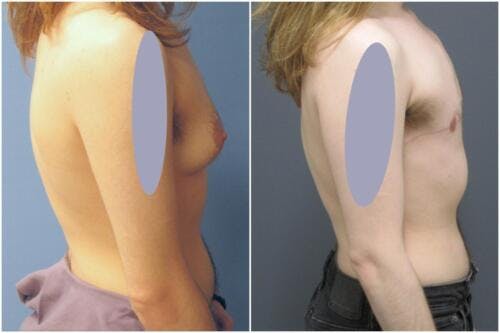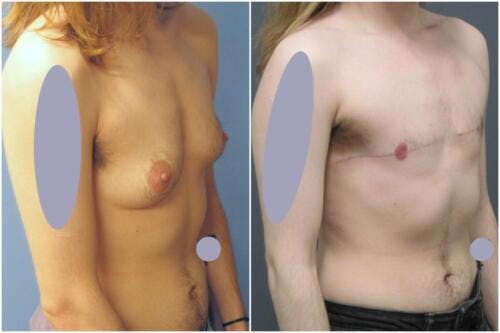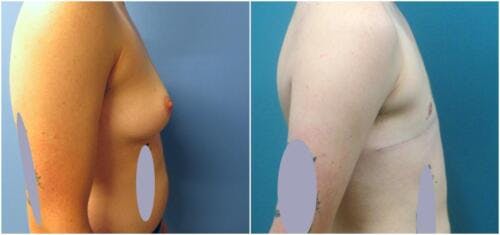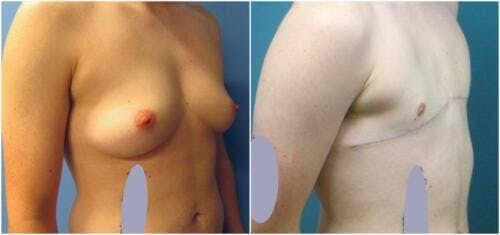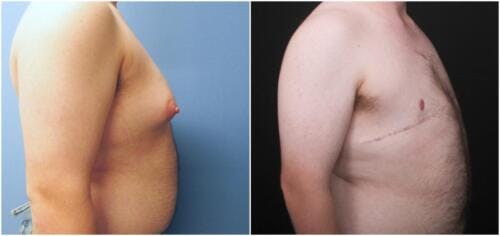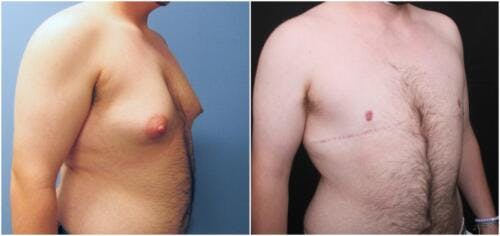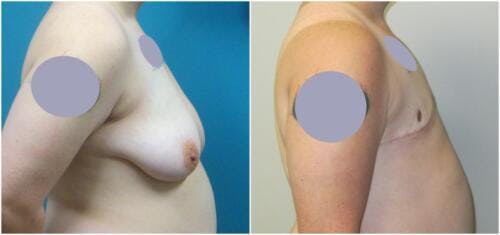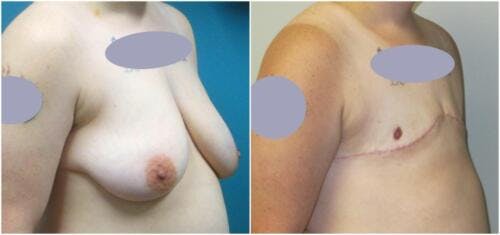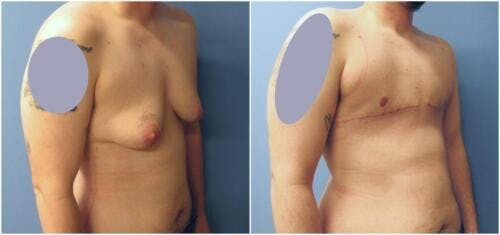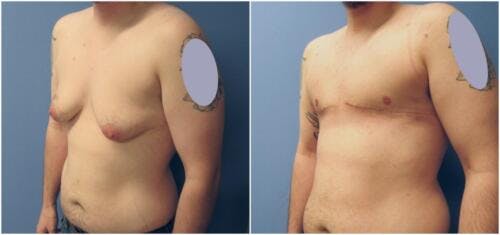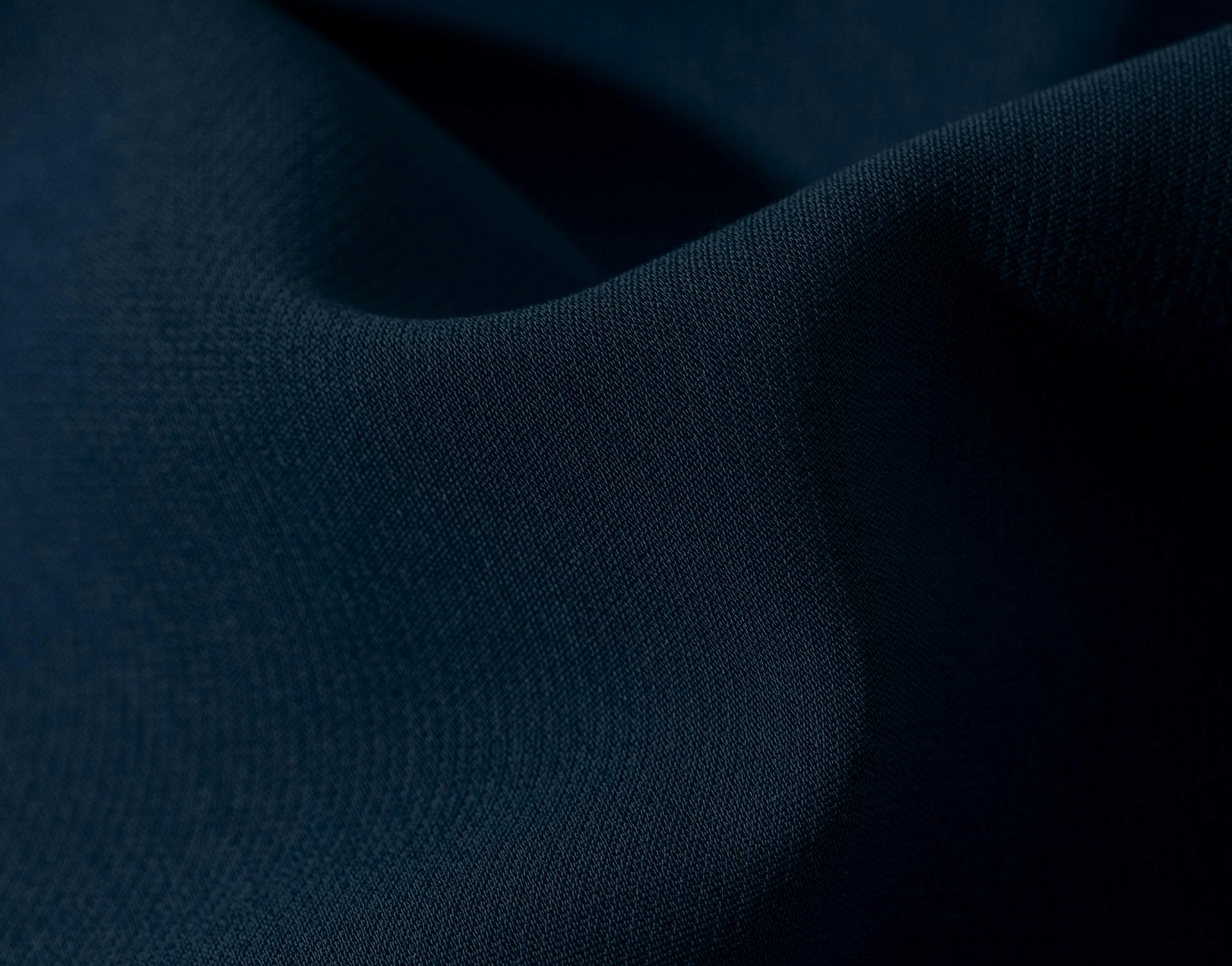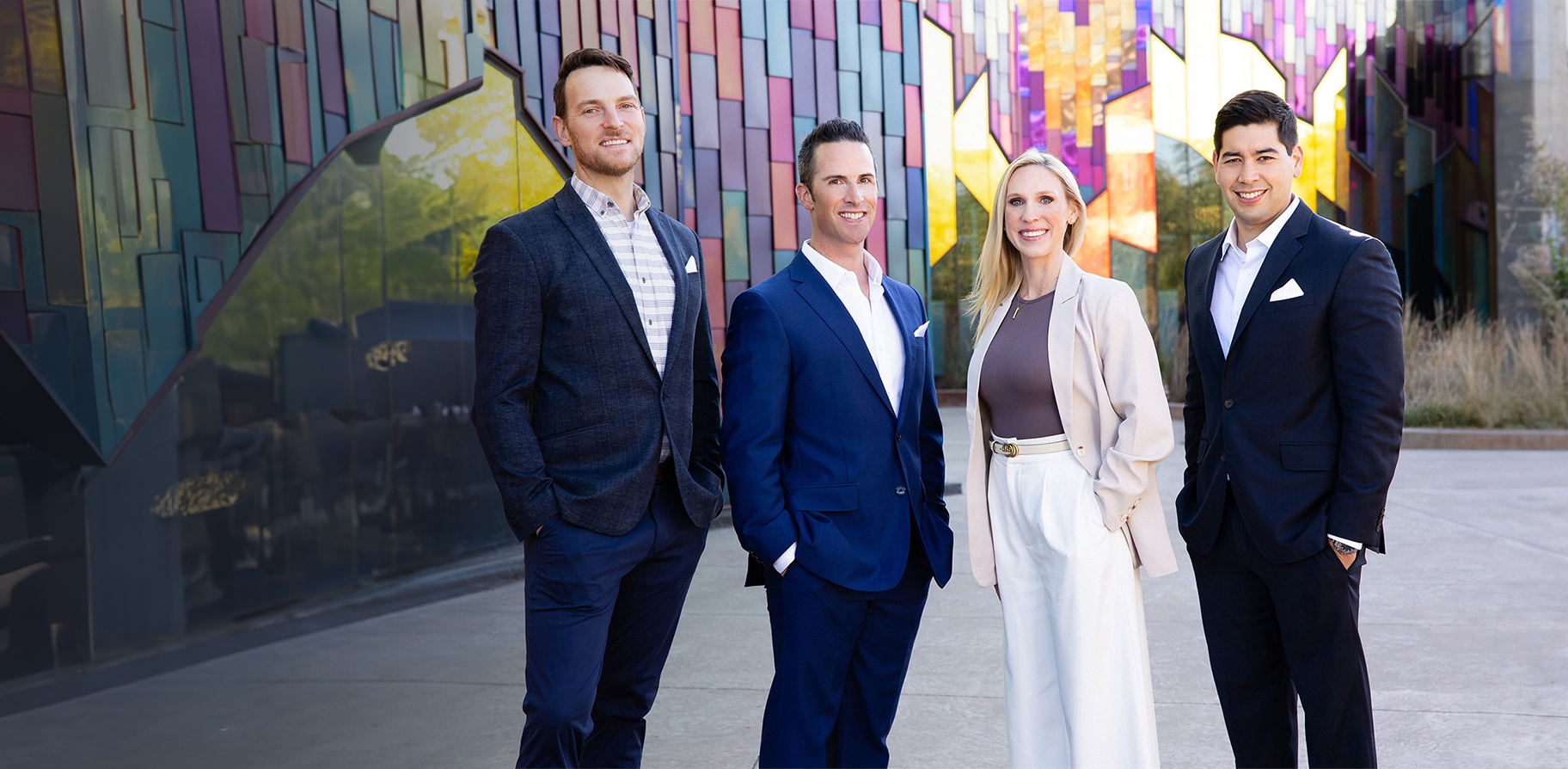Achieve a masculine chest appearance with our FTM mastectomy in Kansas City, aligning your body with your true identity and enhancing self-esteem.
What Is FTM Mastectomy?
FTM mastectomy, or female-to-male mastectomy, is a surgical procedure designed to remove unwanted breast tissue to achieve a more masculine chest contour. Also known as "top surgery," this procedure is a crucial step for individuals undergoing gender transition from female to male. It involves the removal of breast tissue and excess skin and reshaping the chest to create a flatter, more masculine appearance. FTM mastectomy plays a significant role in aligning physical characteristics with one's gender identity, helping individuals feel more comfortable and confident in their bodies as they progress through their transition journey. At Ascentist Plastic Surgery, our skilled surgeons personalize each procedure to meet every patient's unique needs and goals, ensuring a supportive and affirming experience throughout the process.



